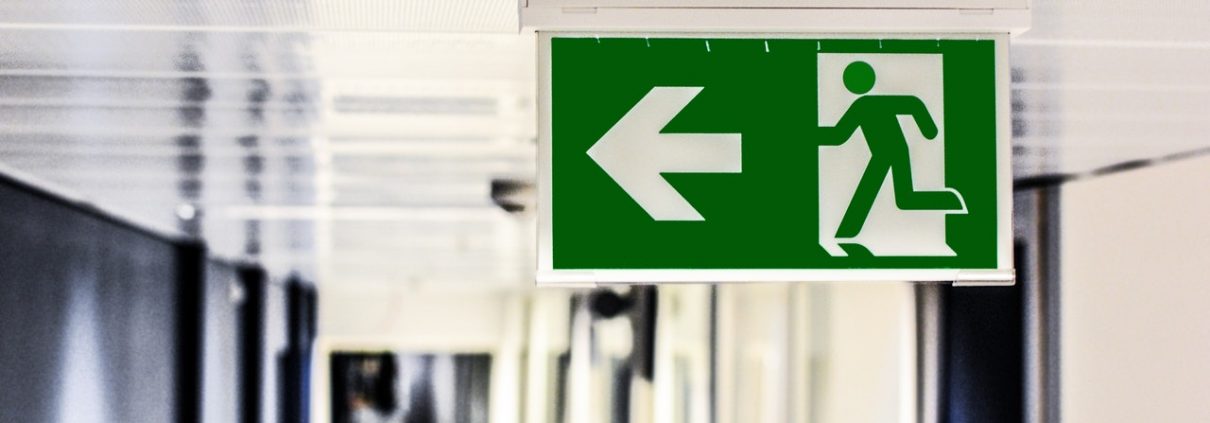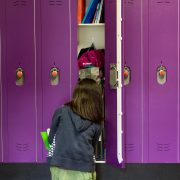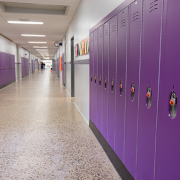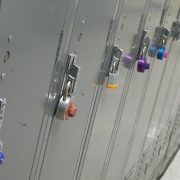Where School Facilities Are Falling Behind: Improve Your Infrastructure Report Card
How’s your school facility holding up? Does it meet the standards of the ASCE Infrastructure Report Card? There are a variety of factors that can attribute to a school falling behind based on its infrastructure and overall safety. The Infrastructure Report Card assesses the current state of your facility and how it’ll last over the years.
Getting an A is easier said than done. It requires your school facility to be in exceptional shape and have the capacity to handle its growing student body. However, a lot of schools fall behind because of the lack of maintenance or renovations to help keep the facility prepared for the future. Usually, these schools all suffer the same drawbacks that can affect their Infrastructure Report Card. Here are a few tips to get started and to improve your grade.
Finding Weak Areas in Your Facility
Before you try to improve your grade, you need to figure out what’s holding your facility back. While your school may not be in shambles, it’s important to consider all the factors with not only the structural integrity, but also with the various systems and components inside. Have an audit of your facility so you can have a manageable list of things to work on in order to bump up your grade on the Infrastructure Report Card.
Testing Your Air Quality
One of the most common contributors to a less than adequate grade of a facility is its air quality. This is a huge factor because not only does it have a negative effect on your grade, but it can also put your occupants’ health at risk. If you begin to search for areas with weak air quality, you should start with the restrooms.
Restrooms are a hotbed of mold growth due to the overwhelming moisture and humidity. While the walls and surfaces can be cleaned extensively to combat the threat of mold, the battle may be useless if it’s begun sprouting in your stalls and partitions. It’ll greatly reduce the air quality, as well as emit foul odors. A great way to reduce the risk of mold growth is replacing your stalls and partitions with a stronger material like HDPE (high-density polyethylene). This plastic material is not only resistant to scratches and dents, but due to its solid construction, mold won’t find a way to sprout inside.
Choosing Sustainable Products
One of the biggest contributors to the A grade on the Infrastructure Report Card is that the facility is long lasting. One way to help keep your facility in long-lasting shape is by utilizing sustainable materials that’ll last the years without any signs of damage or wear. The previously mentioned HDPE is one of the best materials to use for this. While it can help boost your bathroom’s air quality, HDPE can also be used for lockers. The lockers will outlast traditional metal or coated steel because they won’t dent, and will even resist graffiti.
Using HDPE materials wherever you can will benefit your school greatly. Not only will this material improve your air quality and resist any damage, but it’s also very low maintenance. You can save on maintenance costs because HDPE only needs routine cleaning—no repainting or adjusting.
Want to learn more about how you can improve your Infrastructure Report Card grade? Get the Sustainable Building Products: How to Make Your Facility Eco-Friendly from Top to Bottom or The Ultimate Guide for Facility Maintenance & Property Solutions eBooks, courtesy of Scranton Products.









